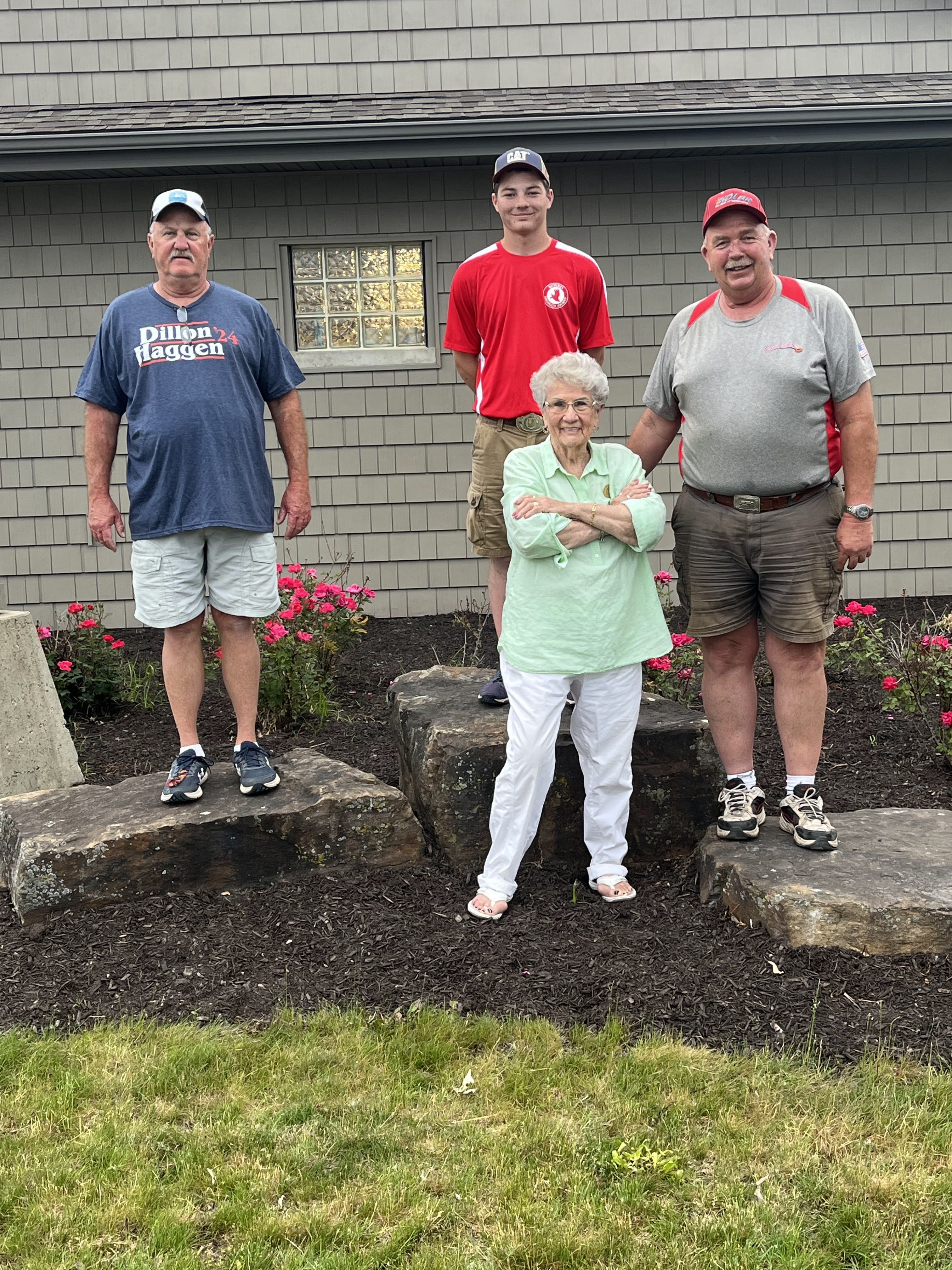St. Joe Valley Conservation Club had the honor of hosting the 6th annual Harry Michelson Memorial skeet tournament. Memorial weekend was the perfect time to honor one of our WWII heroes.

Harry Michelson was a decorated WWII pilot, lifelong NSSA member and Chief Referee for many years. Harry’s daughter Sandy continues her father’s legacy by sponsoring this tournament each year in his honor at St. Joe Valley Conservation Club.
We had 54 registered shooters for the Memorial weekend event. Friday was a beautiful day to begin the tournament, starting with doubles in the afternoon. Alan Ferrell was the only shooter to run the board with a 100 straight. Mike Schmidt, Owen Knight and Kyle Krispin were in the shoot-offs with 98’s. Mike Schmidt was runner-up and Owen Knight was third.
Saturday morning began with the National Anthem, followed by “Back Home in Indiana.†The 12-gauge event produced some very good scores. Bruce Christian, Mark Presnell and Jack Krispin each posted 100 straights. Bruce Christian prevailed in the shoot-off to win the 12-gauge event. Mark Presnell was runner-up and Jack Krispin third.
The 20-gauge event continued with some very good shooting. Nic Shiveley, Mike Schmidt, Owen Knight and Kyle Krispin all shot 100 straights, setting up a four-man shoot-off, with Nic Shiveley the last man standing. Mike Schmidt was runner-up and Owen Knight third.
Sunday morning brought the possibilities of some rain showers and storms later in the day. In the 28-gauge event, Owen Knight and Jack Krispin were the only ones to shoot 100’s. Andrew Winders, Mike Schmidt, Jason Johnson and Al Magyar were in the shoot-offs with 99’s. Owen Knight won his shoot-off against Jack Krispin for first place, and Andrew Winders won his shoot-off to place third.
By afternoon, the weather was changing with a storm front moving in. Bruce Christian posted the highest score in the .410 event, a 99. Owen Knight, Ken Ford and Mike Schmidt each shot 98 to go into the shoot-offs. Bruce Christian was first, Owen Knight second and Ken Ford third.
Owen Knight was HOA with a 397, Mike Schmidt was runner-up with 396 and Bruce Christian third with 395.
The rain and storms held off for the shoot-offs. By the time the volunteers had the fields closed down and equipment under roof, the storms moved in.
Big thanks to all the volunteers who had the fields looking great, the volunteers that worked the weekend to load and adjust machines, and the volunteers that worked in the kitchen to provide food and refreshments. A very big thanks to Sandy Michelson for her generosity and her support. Sandy was in attendance every day to support and help anyway she could.
The Harry Michelson Memorial Shoot is scheduled for May 2025, so mark your calendars.
– Contributed by Ted Nussbaum


